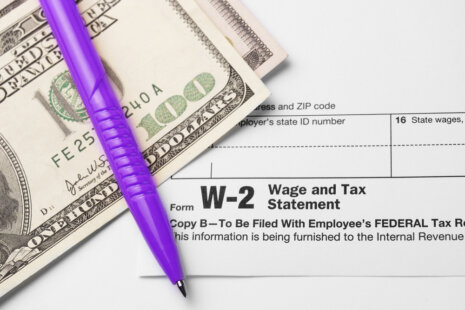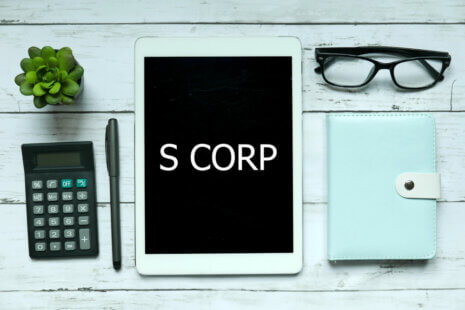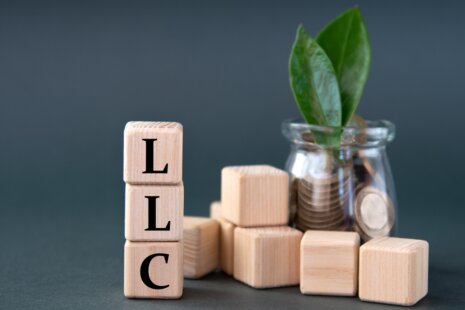The balance sheet summarizes a company’s financial status at a specific point in time, usually at the end of an accounting period. It presents a summary of a company’s assets, liabilities, and equity, which reflects the accounting equation (Assets = Liabilities + Equity).
Here’s what is typically included in a balance sheet
1. Assets – Assets represent the resources owned or controlled by the company that have economic value and are expected to provide future benefits.
Assets are typically categorized into current assets and non-current assets
- Current Assets – Current assets are assets that are expected to be converted into cash or used up within one year or the operating cycle of the business, whichever is longer. Examples include cash, accounts receivable, inventory, prepaid expenses, and short-term investments.
- Non-Current Assets – Non-current assets, also known as long-term assets or fixed assets, are assets that are expected to provide economic benefits beyond one year. Examples include property, plant, and equipment (PP&E), intangible assets, long-term investments, and deferred tax assets.
2. Liabilities – Liabilities represent the company’s obligations or debts to external parties that require future settlement or payment of economic resources.
Liabilities are typically categorized into current liabilities and non-current liabilities…
- Current Liabilities – Current liabilities are obligations that are due within one year or the operating cycle of the business, whichever is longer. Examples include accounts payable, short-term loans, accrued expenses, and the current portion of long-term debt.
- Non-Current Liabilities – Non-current liabilities, also known as long-term liabilities or non-current liabilities, are obligations that are due beyond one year. Examples include long-term debt, deferred tax liabilities, and long-term leases.
3. Equity – Equity represents the residual interest in the assets of the company after deducting its liabilities. It reflects the ownership interest of shareholders or owners in the company’s assets.
Equity is typically comprised of…
- Shareholders’ Equity – Shareholders’ equity represents the capital contributed by shareholders through the issuance of common stock and additional paid-in capital. It also includes retained earnings, which represent the cumulative net income retained in the business after dividends have been paid.
- Other Comprehensive Income (OCI) – Other comprehensive income includes gains and losses that are not included in net income but are reported directly in equity. Examples include unrealized gains or losses on available-for-sale securities and foreign currency translation adjustments.
The balance sheet follows the basic accounting equation (Assets = Liabilities + Equity), ensuring that total assets are equal to total liabilities and equity. It provides valuable insights into a company’s financial position, liquidity, solvency, and leverage, allowing stakeholders to assess its ability to meet its financial obligations and sustain long-term growth and profitability.




